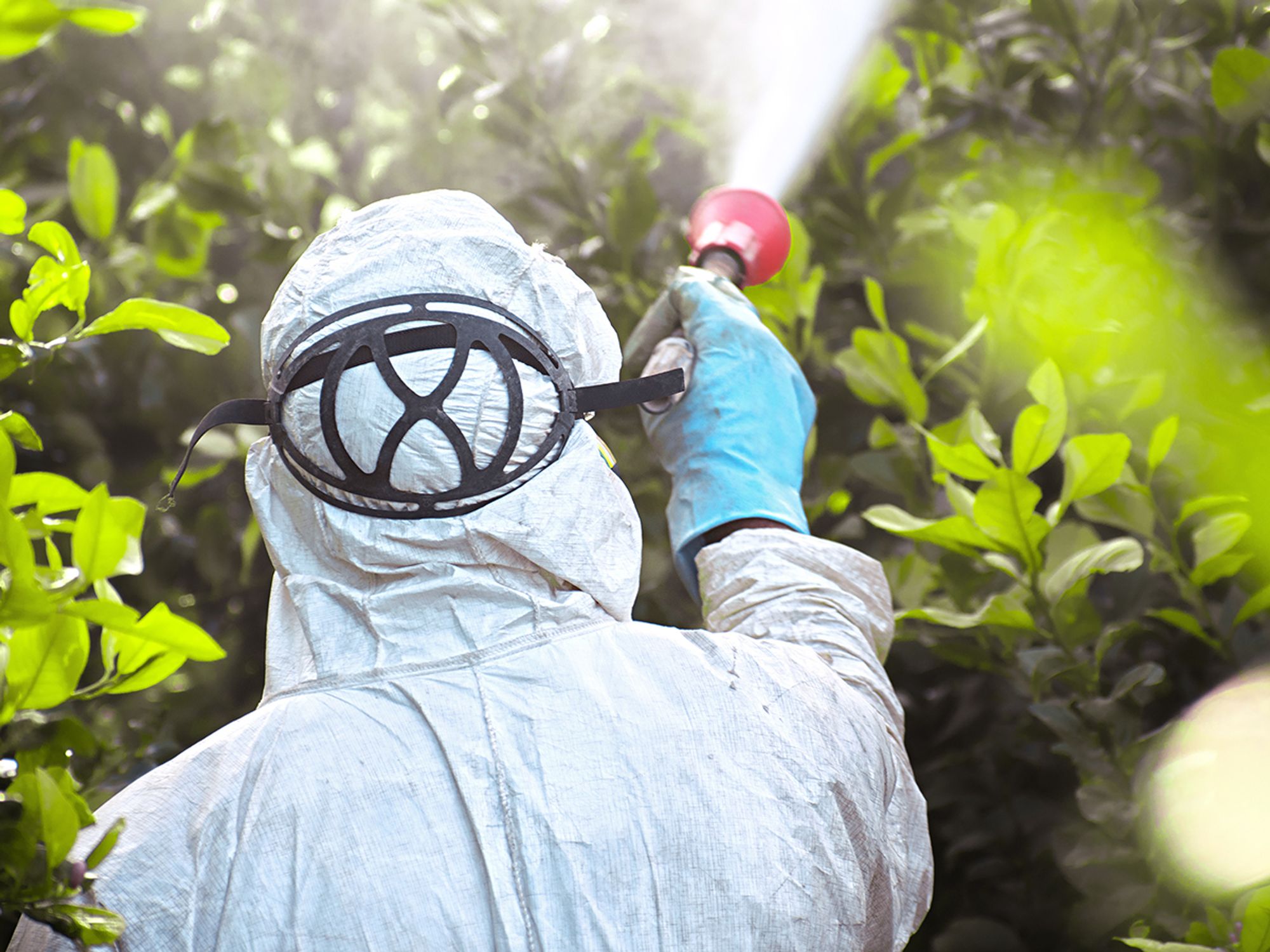EPA assessment

- EPA conducts ecological risk assessments to determine what risks are posed by a pesticide and whether changes to the use are necessary to protect the environment.
- EPA uses a four-step process for its human health risk assessments.
- As a final step of evaluation, EPA implements an overall risk assessment and peer review.
The Environmental Protection Agency (EPA) evaluates new pesticides before they can enter the market and re-evaluates existing pesticides to ensure they continue to meet appropriate safety standards.
Ecological risk assessment
EPA conducts ecological risk assessments to determine what risks are posed by a pesticide and whether changes to the use or proposed use are necessary to protect the environment. Many plant and wildlife species can be found near or in cities, agricultural fields, and recreational areas. Before allowing a pesticide product to be sold on the market, EPA ensures that the pesticide will not pose any unreasonable risks to plants, wildlife, and the environment. This is done in phases:
- Planning phase: Planning and scoping process — EPA begins the process of ecological risk assessment with planning and research.
- Phase 1: Problem formulation — Information is gathered to help determine what plants and animals are at risk and need to be protected.
- Phase 2: Analysis — This is the determination of what plants and animals are exposed and to what degree they are exposed, and whether or not that level of exposure is likely to cause harmful ecological effects.
- Phase 3: Risk characterization — Risk characterization includes two major components (risk estimation and risk description). Risk estimation combines exposure profiles (i.e., the findings of exposure characterization) and effects from exposure. Risk description provides information important for interpreting the risk results and identifies a level for harmful effects on the plants and animals of concern.
Human risk assessment
A human health risk assessment is the process to estimate the nature and probability of adverse health effects in humans who may be exposed to chemicals in contaminated environmental media, now or in the future. Human health risk assessments address questions such as:
- What types of health problems are caused by pesticides in the environment?
- What is the chance that people will experience problems when exposed to different levels of pesticides?
- Is there a low level below which some chemicals don’t pose a human health risk?
- What pesticides are people exposed to and for how long?
- Are legal limits for pesticide residues in food (tolerances or maximum residue limits) protective of human health?
- Are people more likely to be susceptible or exposed to pesticides because of factors such as age, genetics, pre-existing health conditions, ethnicity, gender, where they work, where they play, what they eat, etc.
EPA uses the National Research Council’s four-step process for its human health risk assessments:
- Hazard identification examines whether a substance has the potential to cause harm to humans and/or ecological systems, and if so, under what circumstances.
- Dose response assessment examines the numerical relationship between exposure and effects.
- Exposure assessment examines what is known about the frequency, timing, and levels of contact with a substance.
- Risk characterization examines how well the data support conclusions about the nature and extent of the risk from exposure to pesticides.
Cumulative risk assessment
The Food Quality Protection Act of 1996 requires EPA to also conduct a cumulative risk assessment for pesticides that have a common mechanism of toxicity. A common mechanism of toxicity is identified when two or more chemicals or other substances cause a common toxic effect(s) by the same, or essentially the same, sequence of major biochemical events.
Final assessment and review
As a final step of evaluation, EPA implements an overall risk assessment and peer review. The agency reviews all the scientific data on the pesticide product and develops comprehensive risk assessments that examine the potential effects of the product or ingredients on the human population and environment. Health and environmental risk assessments undergo a process of peer review by scientific experts.
